Today's post is thanks to Dan Roberson. He posted a link on Facebook which lead to an article about giant concrete arrows that dot the American landscape. Dan has a curious mind. He wants to know about everything. His interests change constantly but when Dan finds something and shares it anyone who is thinking tags along to see what has caught his attention.
So here is a picture of one of the arrows. What is it for? Where is it pointing toward?
Here is a bit closer view of one.
The rest of the story is part of the fabric of American life. On August 20, 1920 the United States opened the first coast to coast air mail delivery route. There were no good aviation charts at the time and pilots had to eyeball their way across the country using landmarks. Bad weather made flying difficult and night made it impossible. The concrete arrows shown above were placed about every ten miles and paint a bright yellow. Each arrow had a 51' steel tower with a one million candle power rotating beacon. A generator shed at each tower powered the beacon. Mail could now cross the United States in about 30 hours. By 1924 just one year after Congress funded it the concrete markers stretched from Rock Springs, Wyoming to Cleveland, Ohio. The next summer it reach New York and by 1929 it spanned the continent. New technology, radios and radar eventually made the concrete arrows obsolete and the beacons were decomissioned in the 1940's. The steel was used to support the war effort. Hundreds of the arrows remain, their yellow paint long ago worn away, a reminder of a bygone era.
This is one of the surviving airway beacons and stands in the Smithsonian's National Air and Space Museum.
This is one of the preserved sites with beacon tower, generator shack and caretakers cabin intact.
An overhead view of the way the towers and arrows were set.
Air mail plane from the 1920's.
The main air mail route across the continental United States.
The air mail system memorialized in a postage stamp.
So, thanks Dan for opening our eyes to an almost forgotten piece of our American heritage.
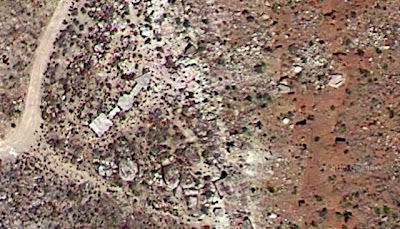
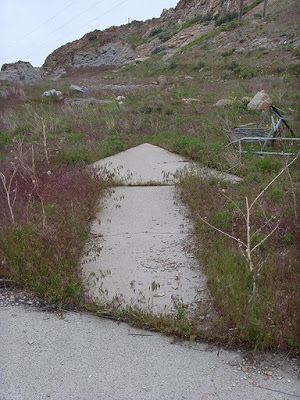



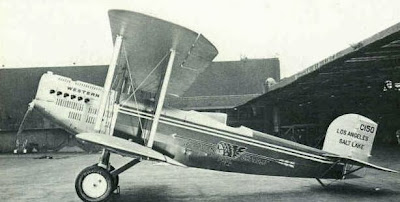
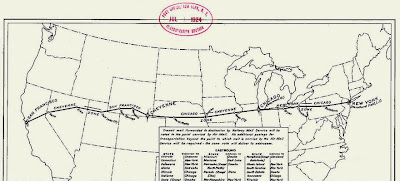
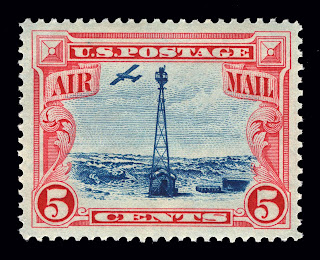
Fascinating story. Of course it makes sense, but why it isn't covered more in the history books is a mystery. I guess there is just so much information about our past that can be included. Certainly this American aeronautic story is a dandy. Thanks for making me smarter.
ReplyDelete